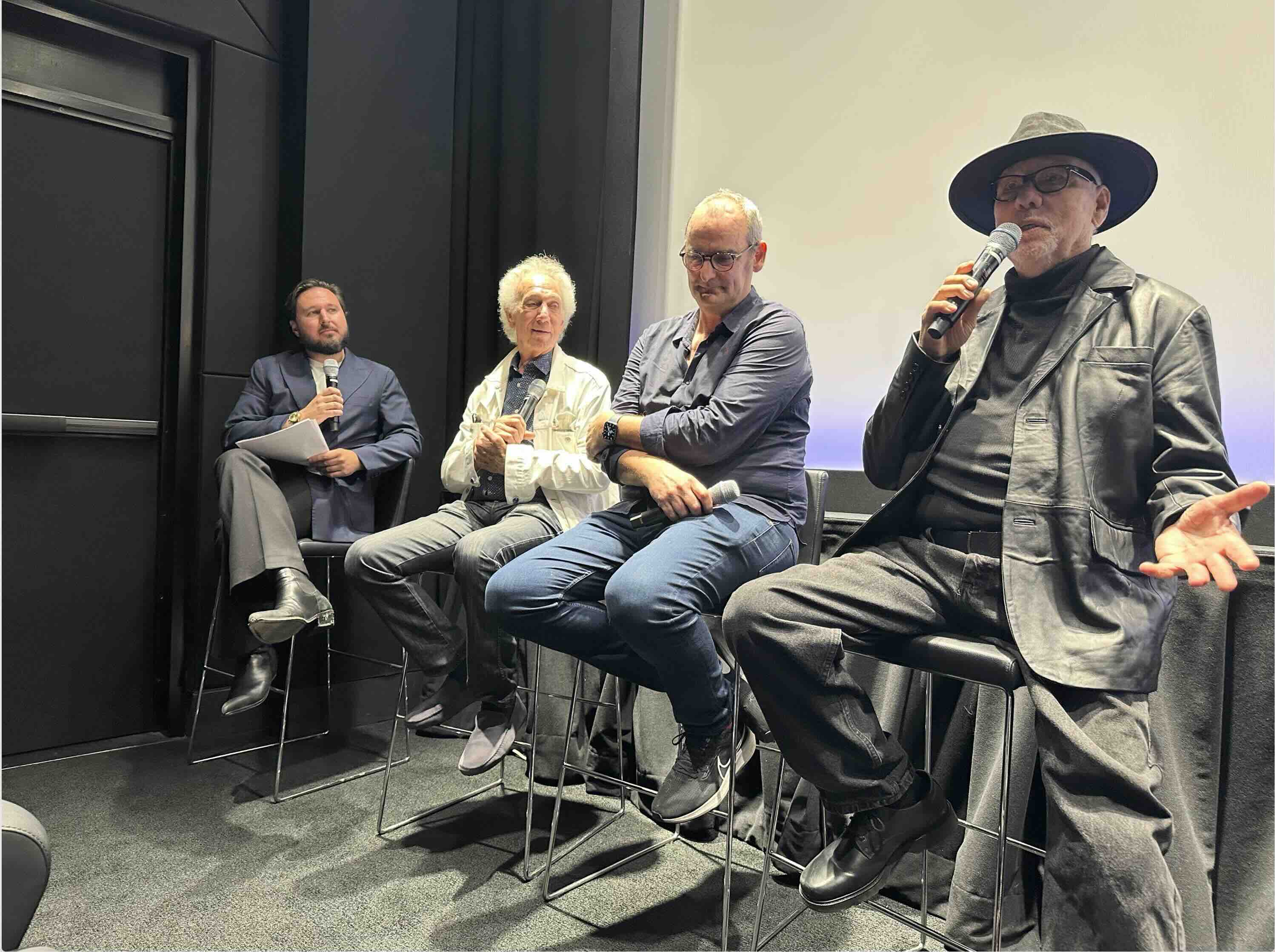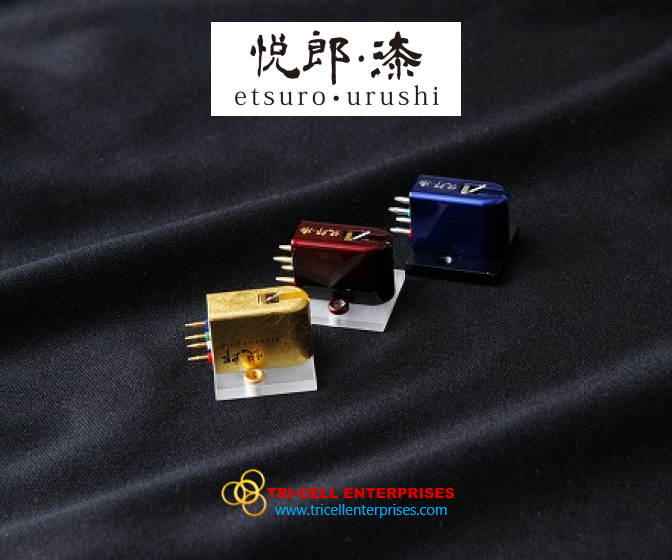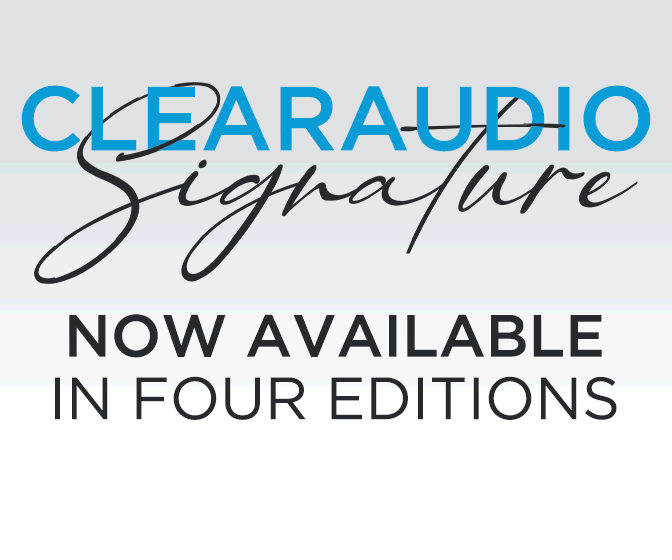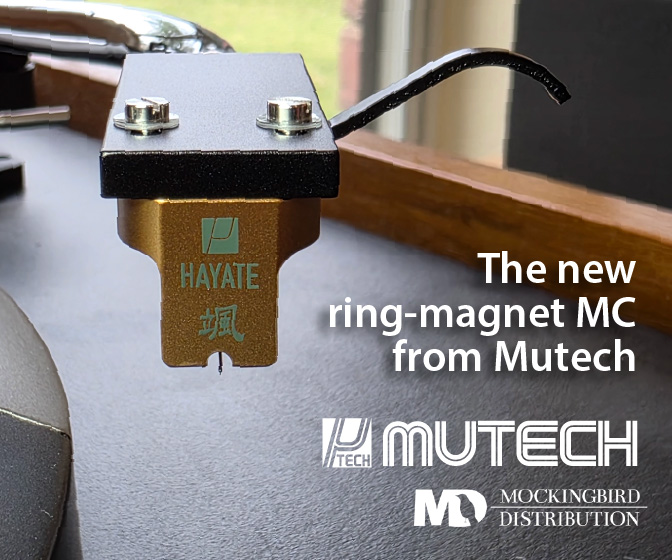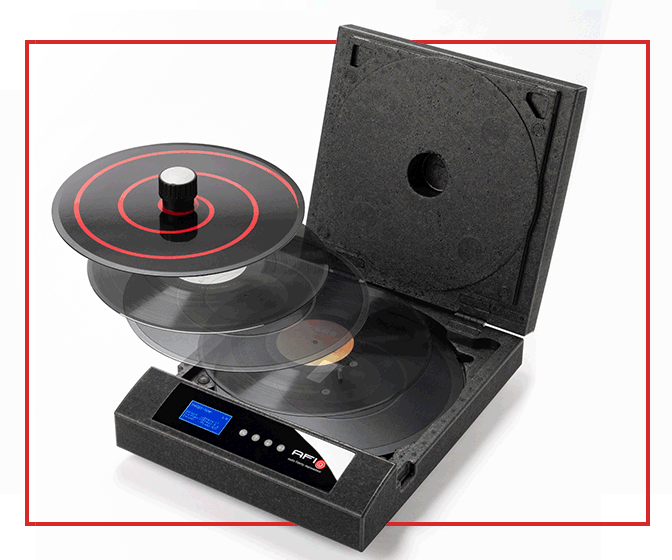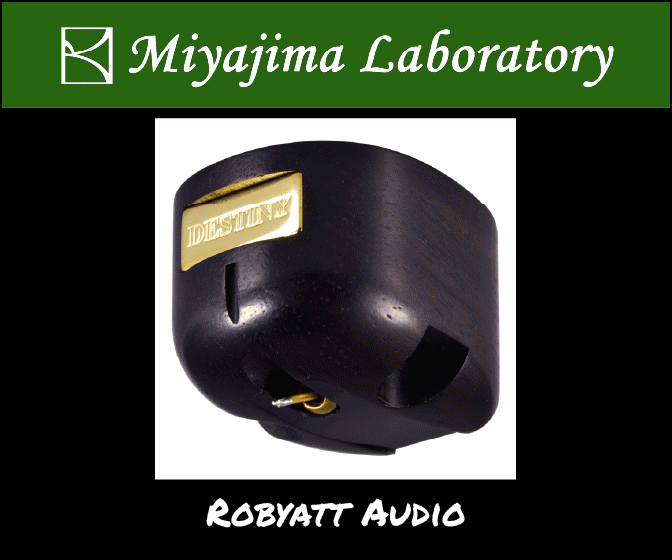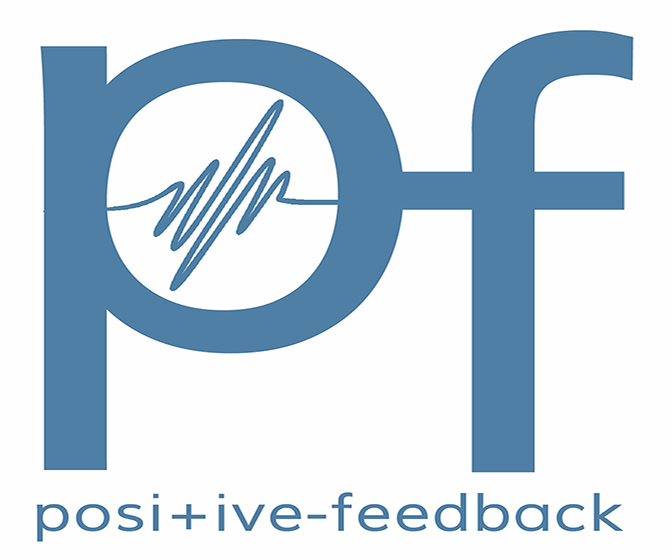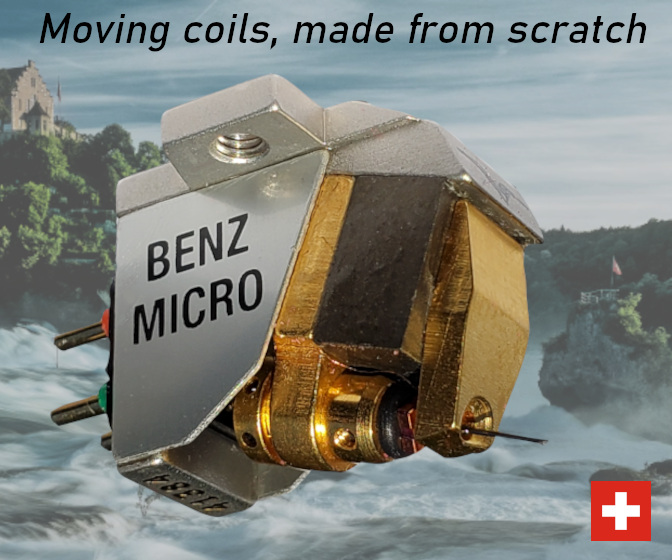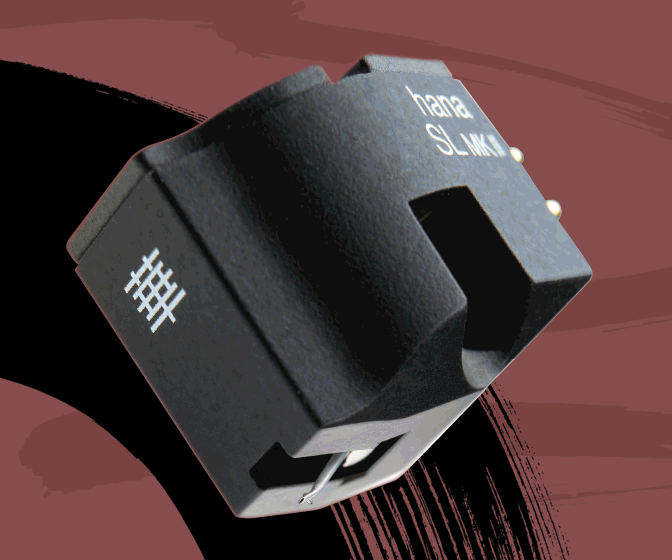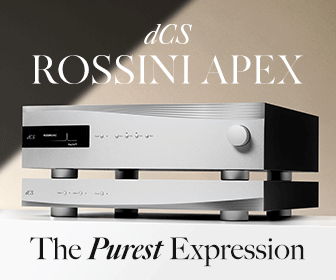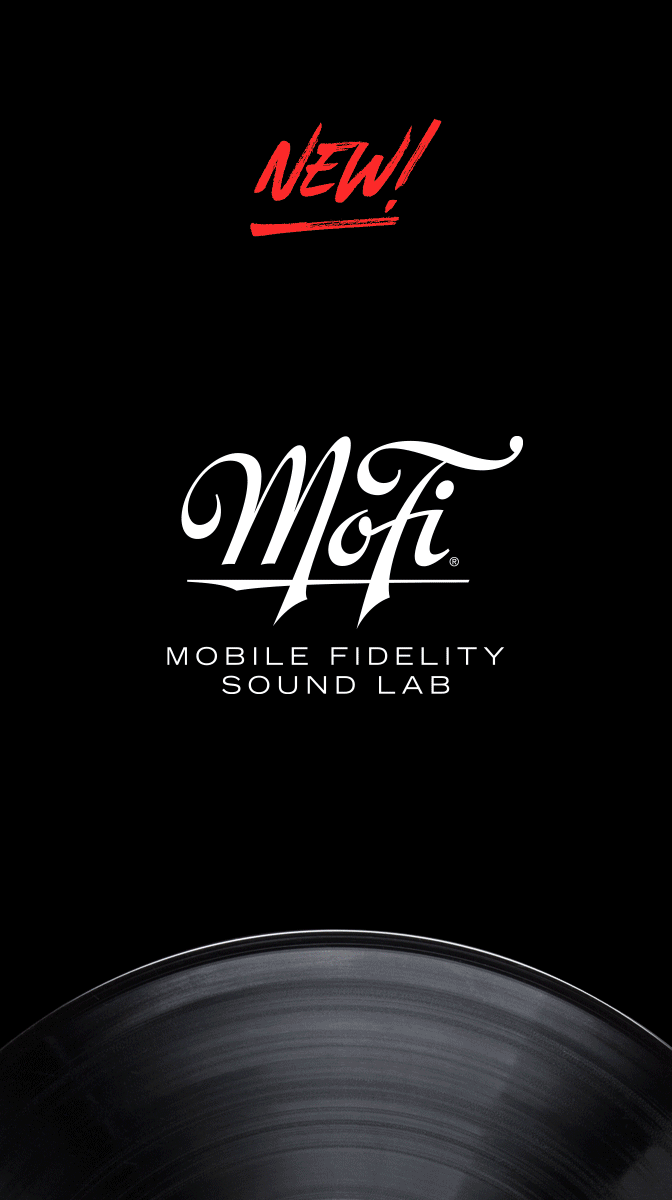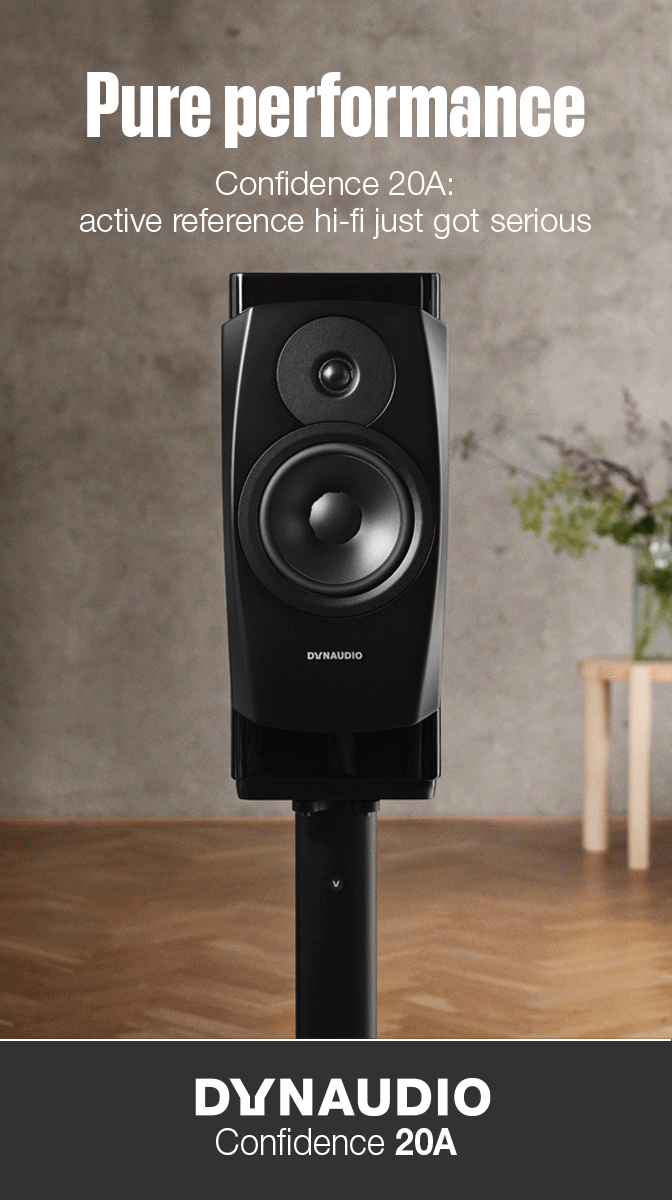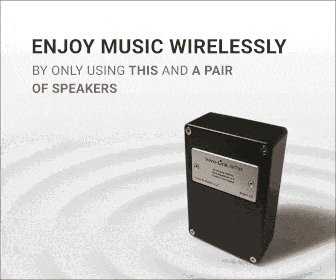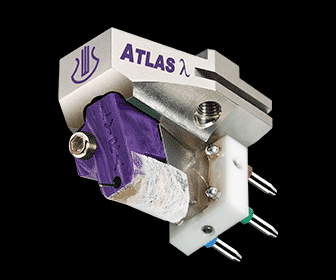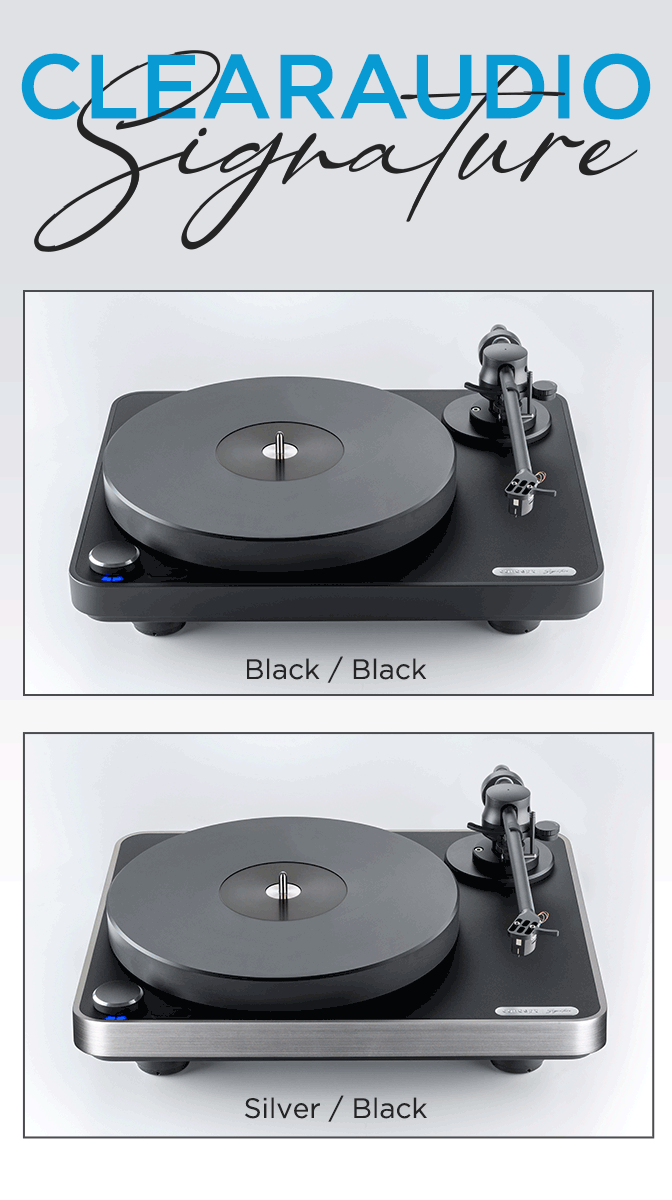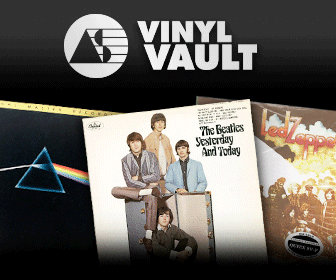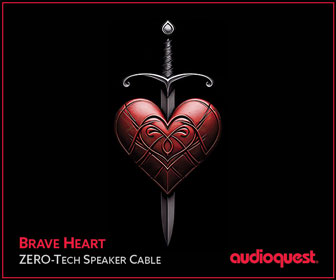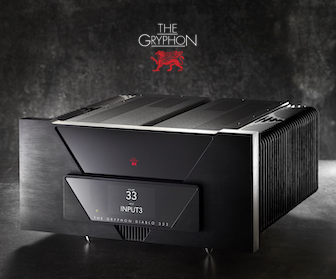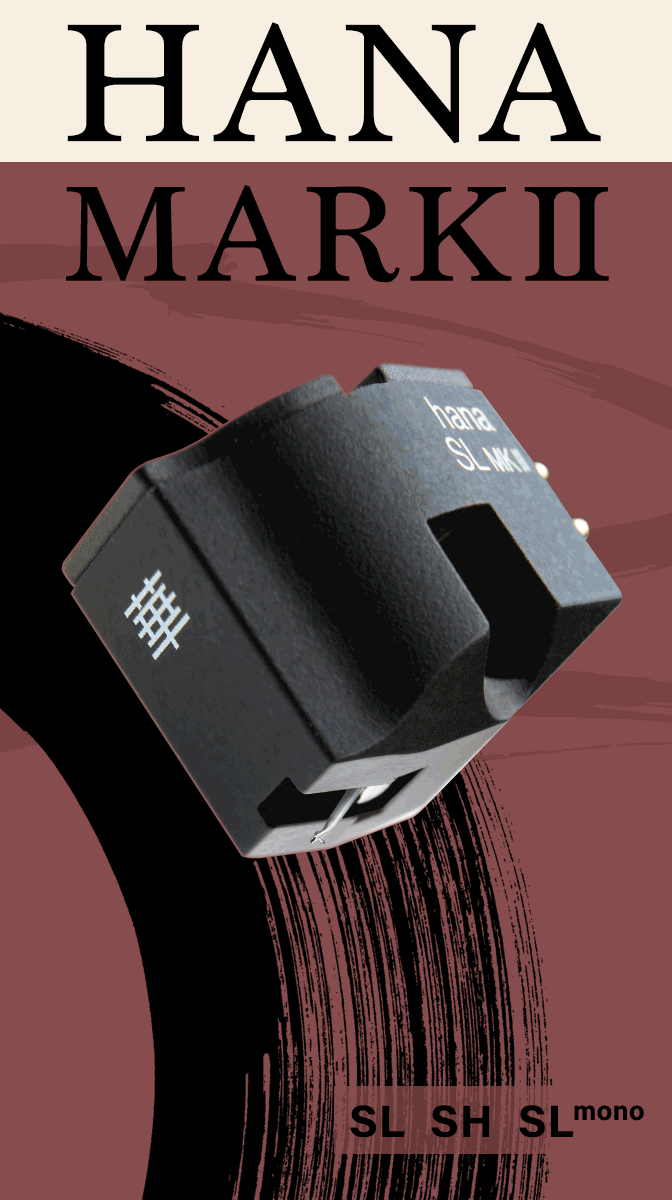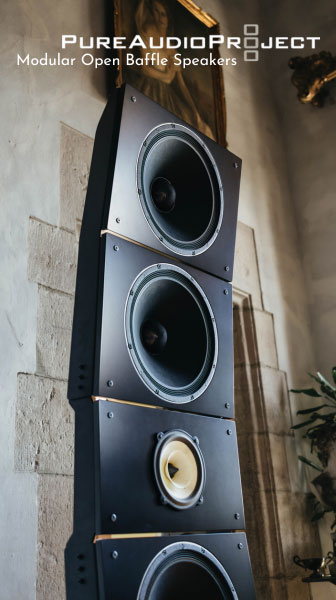Inside John Lennon & Yoko Ono’s ‘Power To The People’ Boxed Set: NYC Listening Party Recap
THESE INDUSTRY EVENTS ARE THE SOMETHING OF THE WORLD — BUT THIS WAS A GOOD ONE
“The Statue of Liberty said, ‘Come!’”
—John Lennon, “New York City,” 1972
It was sobering to stroll through the halls of the Brooklyn Museum last spring for Paul McCartney Photographs 1963–64: Eyes of the Storm, which captured the Beatles’ culture-exploding first U.S. visit with unprecedented intimacy.
Through McCartney’s lens, Lennon, peering at New York through his thick glasses, looks half-incredulous, half-haunted — the gleam of Beatlemania flashing in his eyes even as he recoils from it. You can almost see him taking the measure of the country that would define him: the glare of the press, the theater of politics, the mirage of freedom. Within a few years, New York would become his crucible — where he and Yoko Ono leveraged their celebrity for confrontation, made their most radical music, and, in 1980, where his life would end as violently as it began forty years earlier, amid the bomb-shattered blocks of wartime Liverpool.
At the dawn of the Seventies, Lennon and Ono made Some Time in New York City — their first co-billed album of new, politically charged songs. It was a raw dispatch from their adopted city, an attempt to fuse art and activism into one gesture. They wrote about women’s liberation (“Woman Is the Nigger of the World”), the Attica uprising (“Attica State”), the persecution of Angela Davis (“Angela”), and Irish self-determination (“The Luck of the Irish”) — subjects few rock stars would touch in 1972. The music was as blunt as the message: hard, chaotic, defiantly uncommercial. Commentators like to call it “an audio newspaper,” which is true, from the raw aural aesthetic to the Grey Lady-like album art and presentation.
(Some Time in New York City means something to me personally, too. As my father told it, in the early ’70s, before he grew up and cleaned up his act, he tried to corrupt some innocent Catholic bird he was seducing by climbing into her upstairs window and showing her his Lucky Strike-charred copy of Some Time in New York City, whose sorta-title-track contains the line “The pope smokes dope every day.” This story was always capped by some variant of “God, what an asshole I was.”)
Which brings us to Power to the People, the twelve-disc box set from Capitol/UMe which arrived October 10. Built around the 1972 One to One Madison Square Garden concerts — Lennon’s only full-length post-Beatles performances and the last he and Ono would ever play together — it offers the most complete document yet of their New York years. The 123-track collection includes 90 never-before-heard or unreleased recordings that chart Lennon’s political awakening in real time. The set remixes and expands those shows, restores Some Time in New York City (as New York City) with new “Ultimate Mixes,” and adds demos, home tapes, studio outtakes, and other fragments that feel like they’re still warm from the tape heads.
Power to the People also features their televised performances on The David Frost Show and the Jerry Lewis Muscular Dystrophy Telethon — snapshots of their media-era activism at its height. Housed in a 204-page book of photos, essays, and period facsimiles, Power to the People reframes that turbulent stretch not as a footnote but as the defining test of Lennon and Ono’s convictions — the moment they put their ideals, and their careers, on the line.
Two nights before release, Capitol/UMe and the Lennon Estate previewed the Sean Ono Lennon–produced box set in Dolby Atmos at the Dolby Screening Room in West Midtown, Manhattan. The session featured selections from the 123-track collection, including remixed excerpts from the One to One concerts and “New York City” (Ultimate Mixes). The new mixes were engineered by Paul Hicks, with assistance from Sam Gannon, mastered by Sean Magee, and restored by Simon Gibson — all drawn from the original analog tapes under Sean Ono Lennon’s supervision.
While I typically agree with Tracking Angle editor-in-chief Michael Fremer’s assessment that music isn’t meant to be listened to in a theater seat, predictably, they sounded great — rich, spacious, full-bodied, the drums and bass kicking you in the ass at every turn. In my eyes, Hicks scarcely steers us wrong; the only problem with his remix of George Harrison’s Living in the Material World was that it sounded too good, to the point that it revealed the inescapable weaknesses in the material.
After the playback, Gary Van Scyoc — bassist of Elephant’s Memory, Lennon and Ono’s downtown, de facto backing band, heard all over Power to the People — joined the legendary photographer Bob Gruen (who took these iconic snaps) and estate multimedia VP Simon Hilton for a Q&A moderated by iHeartRadio’s resident Beatles authority, Jordan Runtagh.
Van Scyoc recounted how Lennon and Ono first wandered into his band’s world — literally walking into their rehearsal after hearing a cassette passed along by activist Jerry Rubin. “They were out there in the lobby,” Van Scyoc said, still sounding half-bewildered after fifty years. “I didn’t really believe it when the roadies said they were waiting.” Lennon came in wearing what might’ve been his Abbey Road pea coat, plugged in, and within five minutes “just killed us. His rhythm playing was off the charts. He made us a better band.”
That encounter was the start of a short but incandescent partnership. Lennon and Ono, newly settled in Manhattan and flush with political purpose, folded Elephant’s Memory into their creative unit. The group — streetwise, hard-grooving, and equally comfortable jamming or marching — became the heartbeat of Some Time in New York City. “We came in at seven and finished at seven the next morning,” Van Scyoc said of those sessions. “You had to be young to do that.”
He remembered Lennon’s studio intensity in granular detail: never leaving the mixing board, never breaking focus. “It hit me one night — this guy hasn’t moved in hours. He’s been here since seven, it’s two in the morning. But that’s what I learned from him: if you don’t have your ears in the song the whole night, it’s not going to turn out great.”
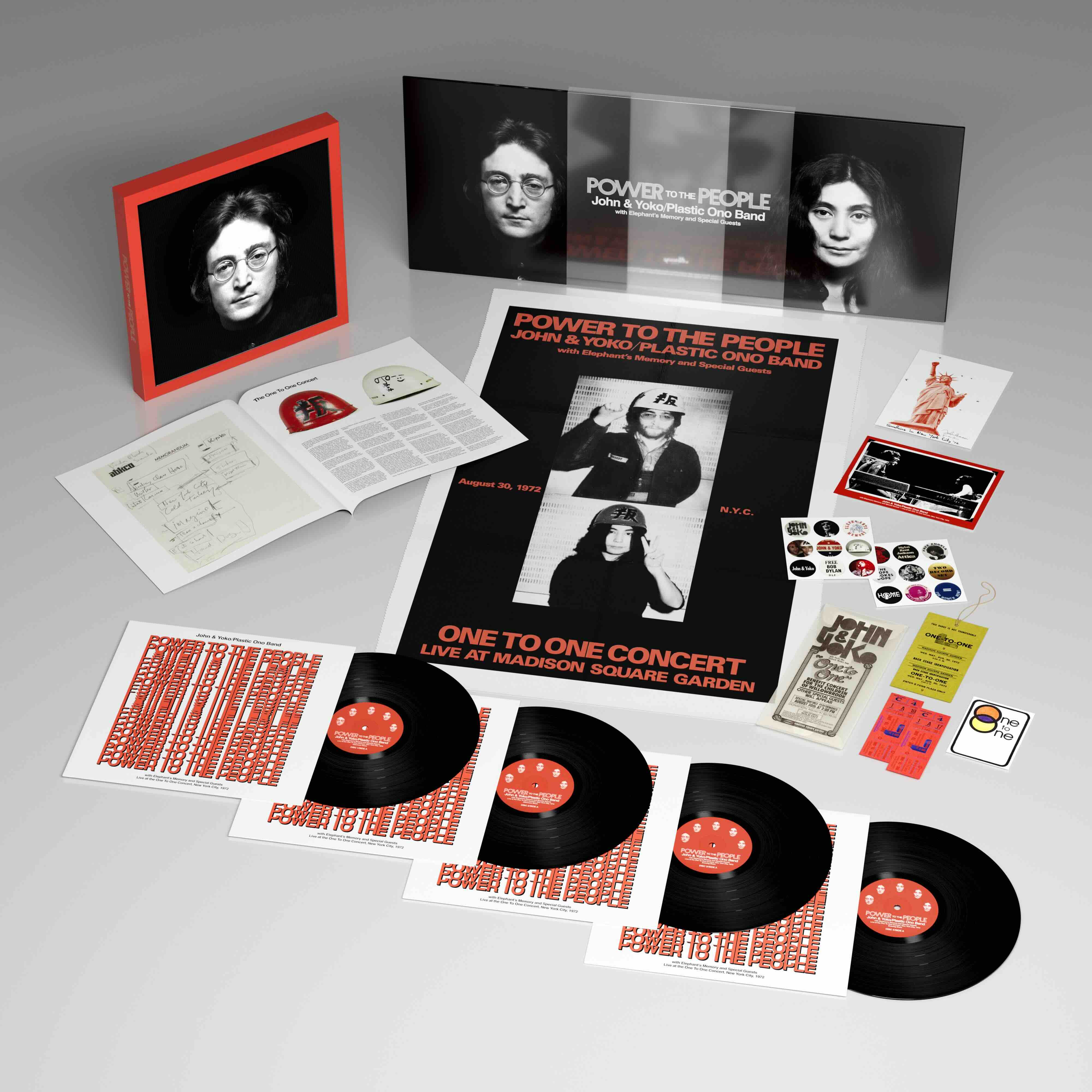 Gruen, whose photographs now serve as the visual record of this era, picked up the story where the music left off — the day-to-day New York that Lennon had longed for. “In England he was hounded,” Gruen said. “The press there wanted to expose him for something — and they hated Yoko.” But in New York, Lennon could finally dissolve into the city’s anonymity. “He enjoyed being able to just walk to the market and buy vegetables,” Gruen recalled. “He told me once he was crossing the street, and a girl realized who he was and freaked out. He just put his finger to his lips, and they walked across together. That was their moment.”
Gruen, whose photographs now serve as the visual record of this era, picked up the story where the music left off — the day-to-day New York that Lennon had longed for. “In England he was hounded,” Gruen said. “The press there wanted to expose him for something — and they hated Yoko.” But in New York, Lennon could finally dissolve into the city’s anonymity. “He enjoyed being able to just walk to the market and buy vegetables,” Gruen recalled. “He told me once he was crossing the street, and a girl realized who he was and freaked out. He just put his finger to his lips, and they walked across together. That was their moment.”
The tone of the room shifted between tenderness and chaos — mirroring the couple’s own contradictions. Van Scyoc and Gruen traded stories about the Bank Street apartment, where Jerry Rubin might answer the door, tequila bottles were standard session gear, and Jackie Onassis once dropped in with Secret Service agents in tow. “There were about eight or ten people that were always there,” Gruen said. “And at the end of the night, ten bottles for eight people were gone.” He chuckled. “They didn’t have bottled water back then — they had cans of beer.” After sessions, the whole crowd would tumble into Chinatown for dinner, only to discover that no one — not even John and Yoko — had any money. “They had to call someone from the apartment to bring cash,” Van Scyoc said. “So we just kept drinking while we waited.”
Those nights bled into the One to One concerts at Madison Square Garden, the centerpiece of Power to the People. Van Scyoc remembered Lennon nervously chewing gum “like a thousand miles an hour” before walking onstage. “And he still managed to sing,” he said, incredulous. Gruen added, “The funny thing about that concert — when John called out ‘Hound Dog’ — that was never rehearsed.” Phil Spector had to be rescued from being thrown out by security — “he was the producer, after all,” Gruen deadpanned — and the band, outfitted in freshly tailored Village suits, played with the crackle of a gang that had earned its moment. “You had to pinch yourself once in a while,” Van Scyoc said. “It was like a dream.”
Watching the restored concert footage, Gruen seemed newly struck by Ono’s power. “She’s so intense,” he said. “People didn’t get it then, but you see it now — she’s completely in it.” Van Scyoc agreed: “Her pitch was amazing. She could sing.”
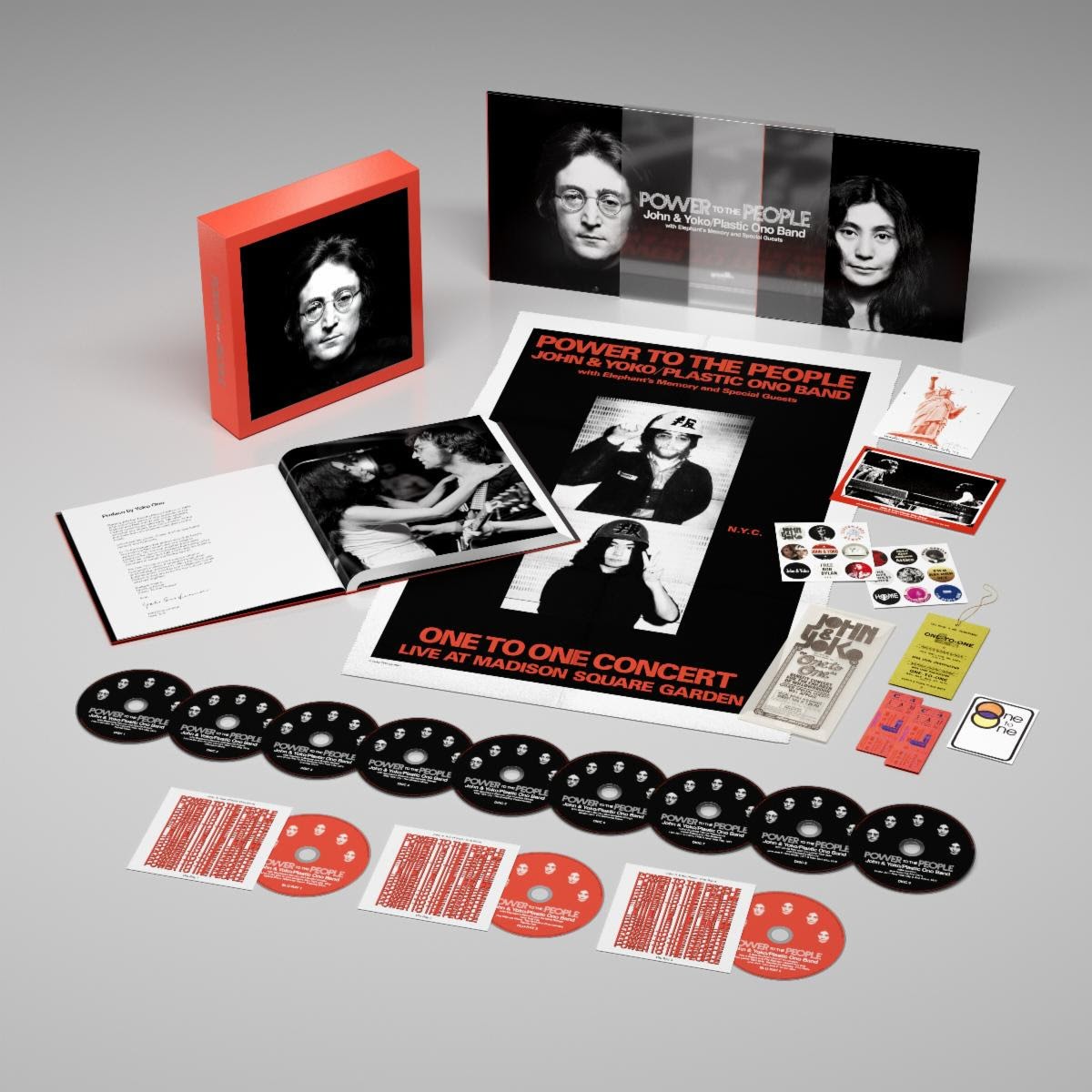 By contrast, Simon Hilton, the Lennon Estate’s long-serving multimedia archivist, represented the afterlife of all this chaos. (If you’ve ever seen one of those eerily timeless Lennon tweets that read like dispatches from the beyond, that’s Hilton’s world at work.) He spoke about the painstaking process of restoring the One to One footage — left “in ribbons,” as he put it — and about Sean Ono Lennon’s guidance in reassembling an entire era rather than just an album. “The Plastic Ono Band was the therapy era,” Hilton said. “Imagine was the Georgian manor. This was the New York era. And it felt like its own world.” He laughed: “We didn’t want to ape Taylor Swift, but yeah — this was an era.”
By contrast, Simon Hilton, the Lennon Estate’s long-serving multimedia archivist, represented the afterlife of all this chaos. (If you’ve ever seen one of those eerily timeless Lennon tweets that read like dispatches from the beyond, that’s Hilton’s world at work.) He spoke about the painstaking process of restoring the One to One footage — left “in ribbons,” as he put it — and about Sean Ono Lennon’s guidance in reassembling an entire era rather than just an album. “The Plastic Ono Band was the therapy era,” Hilton said. “Imagine was the Georgian manor. This was the New York era. And it felt like its own world.” He laughed: “We didn’t want to ape Taylor Swift, but yeah — this was an era.”
Hilton, who won a Grammy for the Mind Games reissue earlier this year, described Power to the People as a continuation of that work — not just remixing tapes but preserving the emotional DNA of the sessions. He also praised designer Liz Hirsch, whose lenticular artwork fades from Yoko to John — a reimagining of their 1971 single sleeve that, Gruen noted, eerily anticipates their son. “The one in the middle looks just like Sean,” he said.
Before the evening wrapped, Hilton offered a glimpse of what’s next: the One to One concert films arriving next year, a Walls and Bridges box set to follow, and Sean Ono Lennon’s War Is Over project — complete with a Thomas Newman score, a children’s book, and a zoetrope vinyl edition. “There’s always a film being made somewhere,” Hilton shrugged. “We’ve got an amazing team — literally hundreds of people worked on this project. We just try to put as much respect into it as possible, for all the artists who contributed.”
There’s an, err, elephant in the room when it comes to Power to the People — but not one that necessarily serves long memories. “Woman is the Nigger of the World” is entirely absent from this boxed set, despite being side 1, track 1 on the original Some Time in New York City, its title front and center on the newspaper-like cover, a feminist statement a recovering-abuser Lennon and equally iconoclastic Ono very clearly intended to loudly make at the time.
Despite the obvious thrust of the title (“women are marginalized and mistreated in today’s society,” is all it means; don’t get it twisted), I must say this single aged like milk — plainly not a great song, and I understand why the estate would just avoid this optics headache altogether. But it pays the piper by distorting history. (The press release cleverly puts it this way: “songs” from Some Time in New York City have been remixed and reordered.)
 After the roundtable discussion concluded, a mysterious, pumpkin-hued, Carrollian character known only among the guests as “Halloween Girl” led me and my colleagues outside to 55th and 6th — right across from the Warwick, where John stayed with his old band in 1964. We negotiated a shaky ladder to the roof of Glinda the Good Bus. Atop sat Sean Ono Lennon with his girlfriend, Charlotte Kemp Muhl, while a speaker blared his father’s solo hits into the early autumn air. Earlier in the night, he’d been presented a birthday cake; we all sang the song. Two days later, he’d turn 50, 10 years older than his father lived; that father and son share a birthday (October 9) is nothing short of a celestial marvel. (His father would have turned 85 this year.)
After the roundtable discussion concluded, a mysterious, pumpkin-hued, Carrollian character known only among the guests as “Halloween Girl” led me and my colleagues outside to 55th and 6th — right across from the Warwick, where John stayed with his old band in 1964. We negotiated a shaky ladder to the roof of Glinda the Good Bus. Atop sat Sean Ono Lennon with his girlfriend, Charlotte Kemp Muhl, while a speaker blared his father’s solo hits into the early autumn air. Earlier in the night, he’d been presented a birthday cake; we all sang the song. Two days later, he’d turn 50, 10 years older than his father lived; that father and son share a birthday (October 9) is nothing short of a celestial marvel. (His father would have turned 85 this year.)
I love “New York City.” That irrepressible, barrelling, celebratory rocker is on the shortlist of my very favorite Lennon songs, yet remains strangely underdiscussed. (I wish they’d turned up the horns a bit on its “Ultimate Mix,” but that’s neither here nor there.) And it’s been blaring in my head since I first picked up sticks and moved to NYC (now Jersey) in 2016. I think of my dad, who died in 2017. I’m overcome with awestruck disbelief that I got to walk into my childhood record collection like this. And other than my tiny hometown of Atascadero, California, I have only one place to thank for this life I’m blessed with.
Que pasa, New York?


